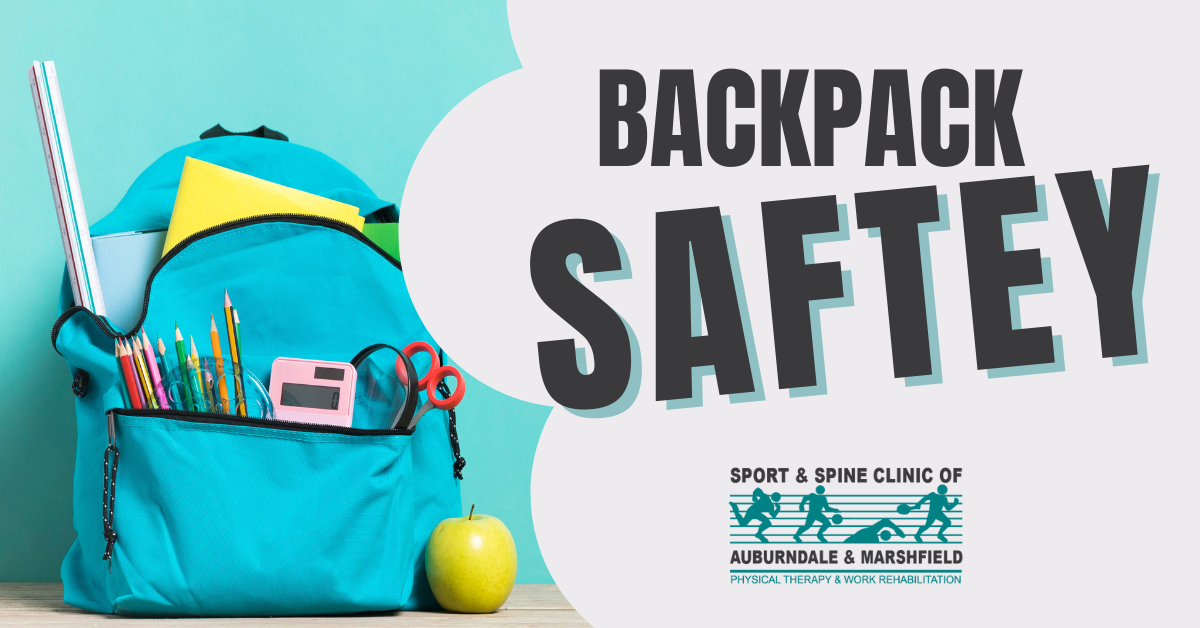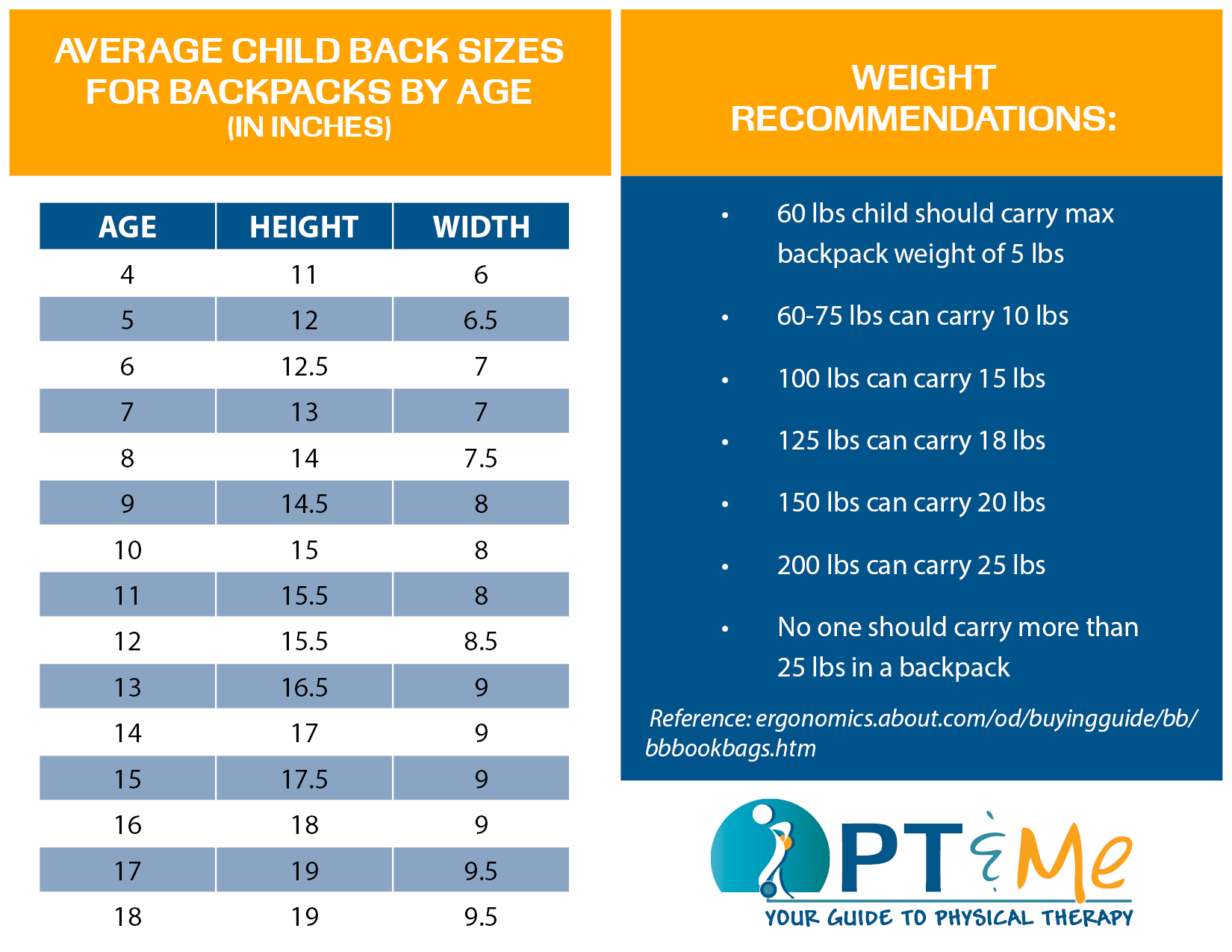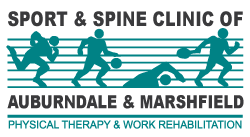
Backpack Safety Tips with Sport & Spine
It’s August, and sadly, summer break is coming to an end. As we prepare our kids to head back to school, be sure to check out this blog full of backpack safety tips to prevent unnecessary back pain before you start shopping!
Size
- Should Not Extend Above Shoulders
- Should Rest In Contour Of Low Back (Not Sag Down Toward Buttocks)
- Should Sit Evenly In Middle Of Back
Fit
- Shoulder Straps Should Rest Comfortably On Shoulders And Underarms, With Arms Free To Move – Tighten Shoulder Straps To Achieve This Fit
- Tighten Hip And Waist Straps To Hold Pack Near Body
- Padded Straps Help Even Pressure Over The Shoulders

Weight Of Pack
- Should Never Exceed 15% Of The Child’s Weight To Avoid Excess Loads On The Spine

Lifting Of Pack
- Proper Lifting Is Done By Bending The Knees, Squatting To Pack Level, And Keeping Pack Close To Body To Lift First To Waist Level And Then Up To Shoulders
Carrying The Pack
- Keep Both Shoulder Straps In Place And Pack Centered
- Spinal Forces Increase With Distance From The Body’s Center
Posture
- Uneven Stresses On The Spine Can Cause Muscle Imbalances. This Can Lead To Pain And Possibly Functional Scoliosis.
If your child does start to complain of constant back pain, talk to your pediatrician and make sure that it isn’t a more serious issue such as scoliosis.
Scoliosis is a medical condition in which the spine is curved either front to back or side to side and is often rotated to one side or the other. It can occur at birth (congenitally), develop over time having no obvious cause, but often seen related to posture and growth (idiopathically) or due to an injury or the other condition (secondarily), such as cerebral palsy or muscular dystrophy. The most common type is adolescent idiopathic scoliosis. It usually develops between the ages of 10 and 15, during periods of rapid growth. There are two kinds of curves, single or “C” curves and double or “S” curves. “C” curves are slightly more common than “S” curves. The curve can occur in the upper back (thoracic), lower back (lumbar), or a combination of both.
Adolescents often struggle to maintain the necessary upright postures for daily life due to growth spurts, fatigue from daily postural demands, or poor postural habits. These factors can lead to tightness, reduced motion, and decreased strength in the hips and pelvis, causing the lumbar spine to compensate with side bending and rotation. A physical therapist can analyze a patient’s history, habits, and activities to identify the root causes of their curvature and symptoms. Treatment typically includes muscular re-education, manual techniques to restore motion, posture training, specific strengthening, and home exercises. If you or your child are experiencing these issues, contact Sport & Spine today to schedule an appointment and start your path to better posture and pain relief.
